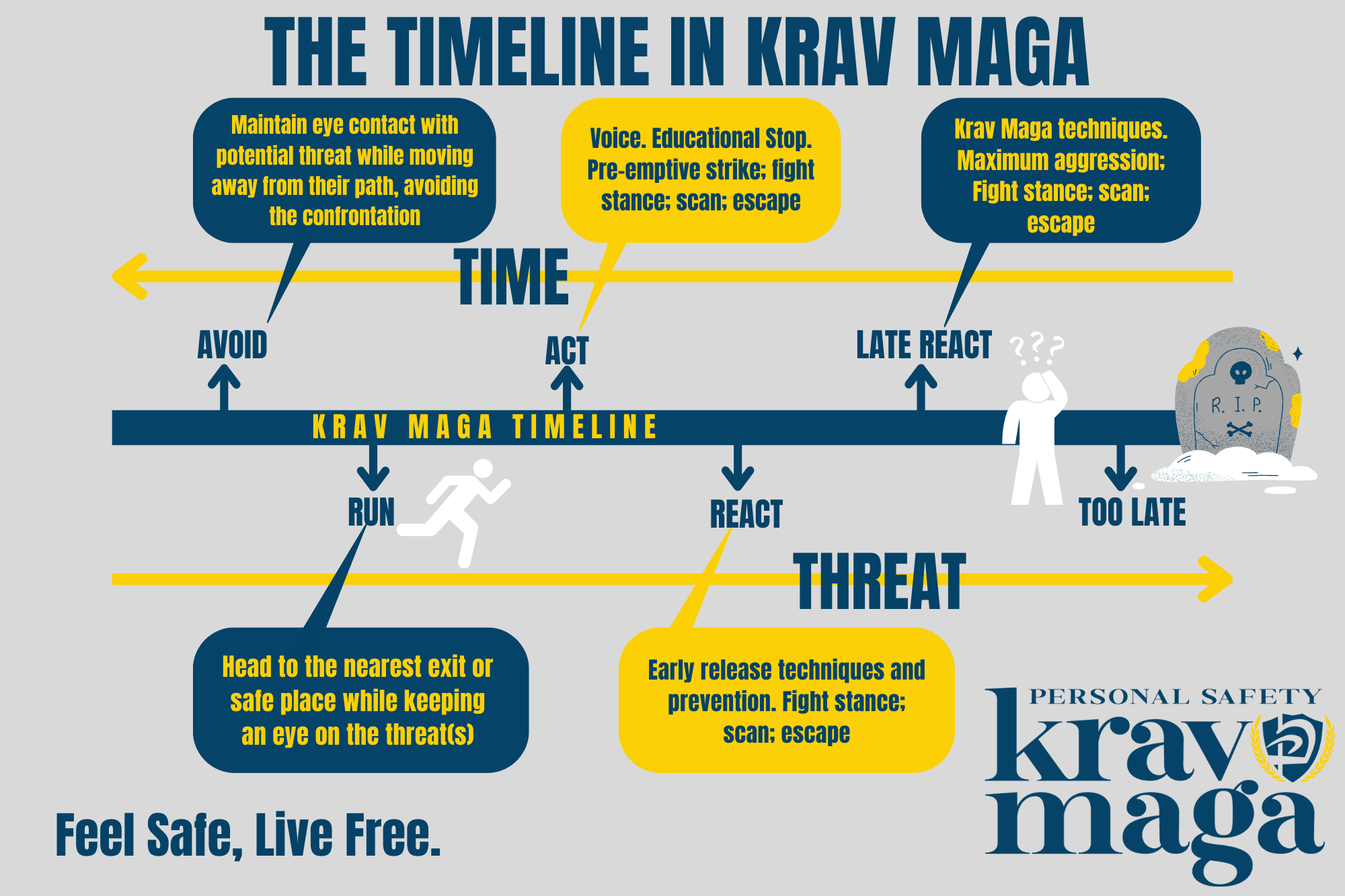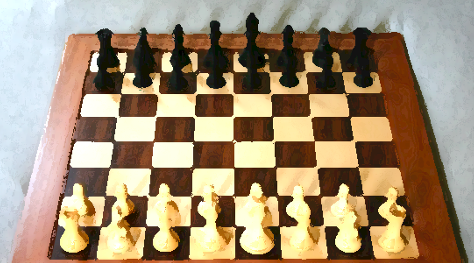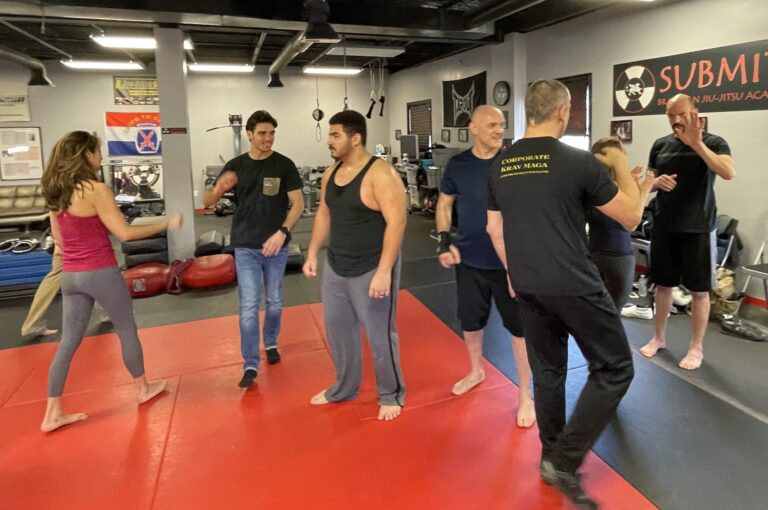Throughout my career in the martial arts and especially since I’ve become an instructor of Krav Maga, I have repeatedly been asked how often I have had to use what I know. I understand this fascinating as many people romanticize violent encounters, given how they are depicted in Hollywood movies. My answer, ironically, is that I do use my training everyday and I have survived countless engagements in the last 30 plus years. What would disappoint people, however, is that at no time in the last three decades did I go “hands on”.
The self-defense industry tends to overemphasizes all the hand-to-hand techniques and usually builds curriculum based on already being in the middle of a dire situation. The truth is that is already very late and we are now forced to defend ourselves at a huge disadvantage. We are being reactive to inbound violence as opposed to being proactive in situationally assessing the environment.
As the chart above depicts, there is a timeline to a violent encounter. The moment a would-be attacker sets their sights on you, the clock has begun. If you are situationally aware and have assessed factors such as:
Who’s around you (threats and allies)
What’s around you (the general terrain and exits)
What you’re wearing (restrictive or athletic)
How you’re feeling (healthy or altered due to illness or drink,etc.)
then you’ll have far greater options to avoid and de-escalate, rather than trying to figure out how to physically neutralize a bigger, stronger and faster threat.
Self defense training needs to address all options available to you based on where you find yourself in your timeline. As much as people think it’s cool to have been victorious during a violent encounter, what I think is far more impressive is to go through your life without ever having to test your hands-on skills.




